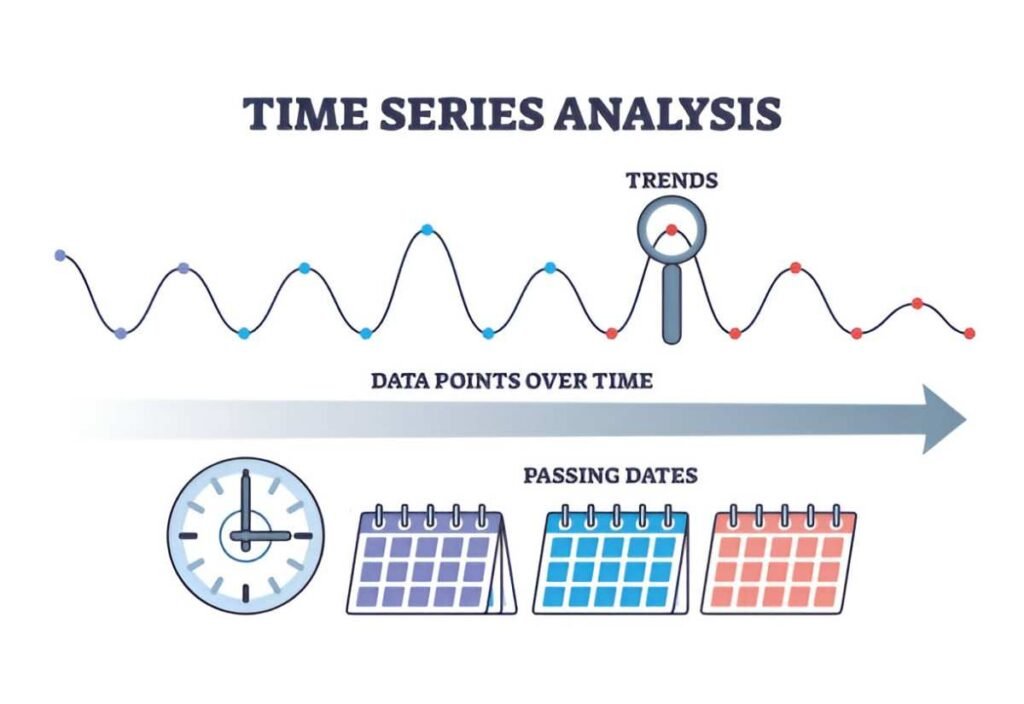When you want to understand the relationship between two sets of data, one of the simplest yet most powerful tools you can use is a scatter diagram. A scatter diagram is a graphical representation of data points, plotted on a two-dimensional axis, allowing you to visually identify patterns, correlations, and trends. Whether you’re analyzing financial data, studying social behavior, or exploring scientific phenomena, scatter diagrams offer clarity and insights that numbers alone may not provide.
Table of Contents
What is a Scatter Diagram?
A scatter diagram, also known as a scatter plot or scatter chart, is a type of data visualization that displays values for two variables. Each point on the diagram represents one observation, with its position determined by the values of the two variables. One variable is plotted on the x-axis, and the other is plotted on the y-axis. Scatter diagrams are used to show how much one variable is affected by another, revealing relationships such as correlation, trends, or the presence of outliers.
Scatter diagrams are particularly useful for illustrating the nature of relationships between variables, whether they are positive, negative, or non-existent. The visual representation allows us to spot trends more easily than by looking at raw numbers.
Why Are Scatter Diagrams Useful?
Scatter diagrams are essential because they provide an immediate visual interpretation of data. They can help you:
- Identify Patterns: By plotting data points, it becomes easier to see whether there’s a discernible trend.
- Detect Correlations: Scatter diagrams are often used to assess the strength and direction of a relationship between two variables, which could be positive, negative, or non-existent.
- Spot Outliers: Outliers are data points that fall far from the general trend. Scatter diagrams highlight these points, which could indicate errors or exceptional cases that need further investigation.
- Predict Future Trends: By identifying relationships between variables, scatter diagrams can also be used to make forecasts or predictions. For instance, a strong positive correlation between two variables may suggest that one can be used to predict the other.
Key Features of Scatter Diagrams
- Axes: Scatter diagrams have two axes. The horizontal axis (x-axis) represents one variable, and the vertical axis (y-axis) represents the other variable.
- Data Points: Each data point on the scatter diagram corresponds to an observation. The position of each point is determined by the values of the two variables for that observation.
- Trend Line: If there is a correlation between the variables, a line (often called the line of best fit) can be drawn through the points to show the overall trend. The line helps visualize the direction of the relationship.
Types of Relationships in Scatter Diagrams
Scatter diagrams can illustrate several types of relationships:
- Positive Correlation: A positive correlation occurs when both variables increase or decrease together. In a scatter plot, this relationship appears as a group of points that rise from left to right. For example, in finance, there’s often a positive correlation between a company’s sales and profits.
- Negative Correlation: A negative correlation happens when one variable increases while the other decreases. In a scatter plot, this looks like a downward slope from left to right. An example could be the relationship between interest rates and stock prices.
- No Correlation: When there is no clear pattern or trend between the two variables, the points will appear scattered randomly across the graph, with no upward or downward trend. For instance, there may be little to no correlation between shoe size and intelligence.
- Non-linear Relationships: Sometimes the relationship between two variables isn’t a straight line. This can be represented in scatter plots where the points form a curved pattern. A typical example of this could be the relationship between age and income, which might increase up to a point before tapering off.
How to Interpret a Scatter Diagram
To interpret a scatter diagram effectively, it’s crucial to look at the distribution and shape of the data points. Let’s break down how to approach interpretation:
- Look for the Pattern: Start by observing the overall arrangement of points. If the points are concentrated along a straight line (either upward or downward), that indicates a strong correlation. If they appear scattered with no clear pattern, the relationship between the variables is weak or non-existent.
- Draw the Line of Best Fit: If the points seem to follow a clear linear trend, you can draw a line through the points, known as the line of best fit. This line helps illustrate the direction and strength of the correlation. If the line slopes upwards, it indicates a positive correlation, and if it slopes downwards, a negative correlation.
- Assess the Strength of the Relationship: The tighter the points are around the line of best fit, the stronger the correlation. A wide scatter with little alignment to a line suggests a weak or no correlation.
- Identify Outliers: Outliers are points that fall far from the general pattern. These can be critical for analysis, as they may indicate anomalies or errors in the data. They also provide insight into unusual cases that might need further exploration.
Mathematical Representation of Scatter Diagrams
The relationship between two variables is often quantified using the correlation coefficient. The correlation coefficient (denoted as r) is a measure of the strength and direction of a linear relationship between two variables. The formula to calculate r is:
r = \frac{n(\sum xy) - (\sum x)(\sum y)}{\sqrt{[n\sum x^2 - (\sum x)^2][n\sum y^2 - (\sum y)^2]}}Where:
- x and y are the values of the two variables,
- n is the number of data points,
- \sum xy is the sum of the product of paired scores,
- \sum x is the sum of the x values, and
- \sum y is the sum of the y values.
This coefficient ranges from -1 to 1:
- A value of 1 indicates a perfect positive correlation.
- A value of -1 indicates a perfect negative correlation.
- A value of 0 indicates no correlation.
Example: Financial Analysis with Scatter Diagrams
In financial analysis, scatter diagrams are often used to examine the relationship between two variables, such as stock price and trading volume. Let’s look at an example:
Suppose you are analyzing the relationship between the monthly sales and advertising expenses for a company over 12 months. The data might look like this:
| Month | Advertising Expenses (x) | Sales (y) |
|---|---|---|
| 1 | 500 | 2000 |
| 2 | 600 | 2100 |
| 3 | 700 | 2300 |
| 4 | 800 | 2500 |
| 5 | 900 | 2700 |
| 6 | 1000 | 3000 |
| 7 | 1100 | 3200 |
| 8 | 1200 | 3400 |
| 9 | 1300 | 3600 |
| 10 | 1400 | 3800 |
| 11 | 1500 | 4000 |
| 12 | 1600 | 4200 |
You can plot this data on a scatter diagram with “Advertising Expenses” on the x-axis and “Sales” on the y-axis. Based on the trend, you’ll likely see a positive correlation, indicating that as advertising expenses increase, sales also increase.
You can then calculate the correlation coefficient r to quantify this relationship.
Comparing Scatter Diagrams with Other Data Visualization Techniques
While scatter diagrams are powerful, they are just one tool in the toolbox of data visualization. Here’s a comparison between scatter diagrams and other common chart types:
| Feature | Scatter Diagram | Line Chart | Bar Chart | Pie Chart |
|---|---|---|---|---|
| Purpose | Show relationship between two variables | Show trends over time | Compare categories | Show parts of a whole |
| Data Types | Quantitative (two variables) | Quantitative (one variable over time) | Categorical and quantitative | Categorical data |
| Best Use | Correlation, regression analysis | Time series data | Comparing quantities | Proportions |
| X and Y Axes | Yes | Yes | No | No |
| Clarity for Relationships | High | Moderate | Low | Low |
Conclusion
In conclusion, scatter diagrams are a powerful tool for visualizing relationships between two variables. They offer a simple yet effective way to understand data, identify patterns, and make informed decisions based on statistical relationships. Whether you’re working in finance, business, or scientific research, scatter diagrams help translate complex numerical relationships into clear visual representations.





